Suas Últimas Visualizações


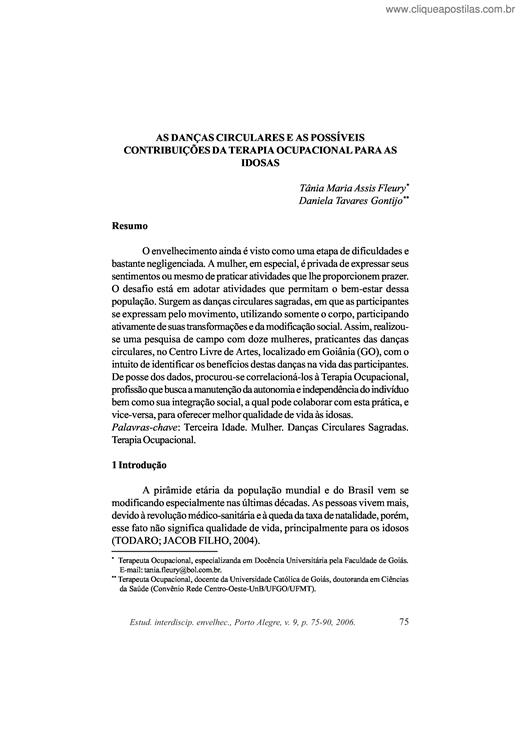
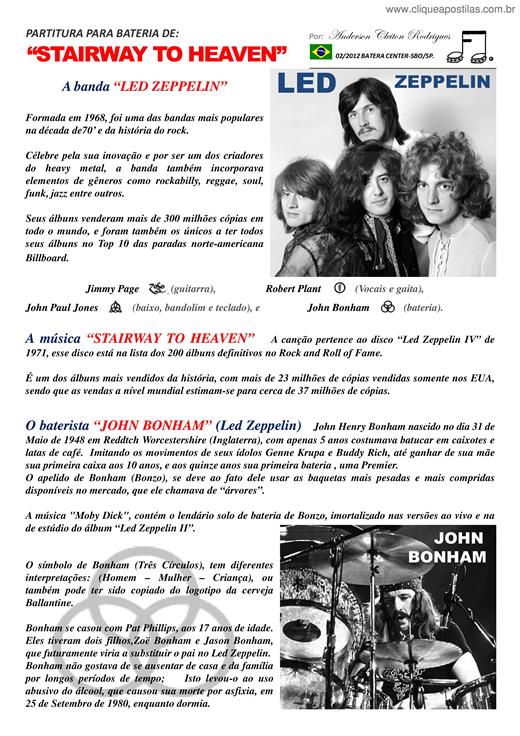
that the term "taiko" encompasses a very large group of percussion instruments. There is no one source for all the drums used in modern taiko. The Taiko drums have many forerunners spread out over a broad tract of geography and history -- the truth is that taiko's earliest ancestors were born wherever and whenever a new drum was first struck. Over the centuries, as taiko music developed into a uniquely Japanese form of expression, it was nourished by many musical forms both foreign to Japan and domestic. And, as taiko evolved, a larger and larger stable of drums came into its domain. In our own time, when taiko is on its way to becoming a truly international art form, it is likely to incorporate even more stylistic influences and instruments. In addition to drums, there is a vast assortment of flutes, bells, gongs, rattles, and string instruments that have been incorporated into taiko performance practice. These instruments balance the thunderous roar of the drums and fill out the sound with high, delicate, and luminous tones. Some taiko are native to Japan, others are descendants of those imported from places like Korea and China. Some are rustic, others ornate and sophisticated. Some have a fixed sound, while others are tuned. Among taiko's array of instruments are found both small hand drums as well as some of the largest drums on earth. What follows is a sampling of some of the most common drum types and instruments used by contemporary taiko artists. The variety of drums used in taiko is vast. Yet, as bewildering as their number may seem, most roughly can be divided into two categories: those with drumheads tacked to their rims, called "byou-daiko", and those with drumheads at either end and held tight with tension cords, called "shime-daiko."




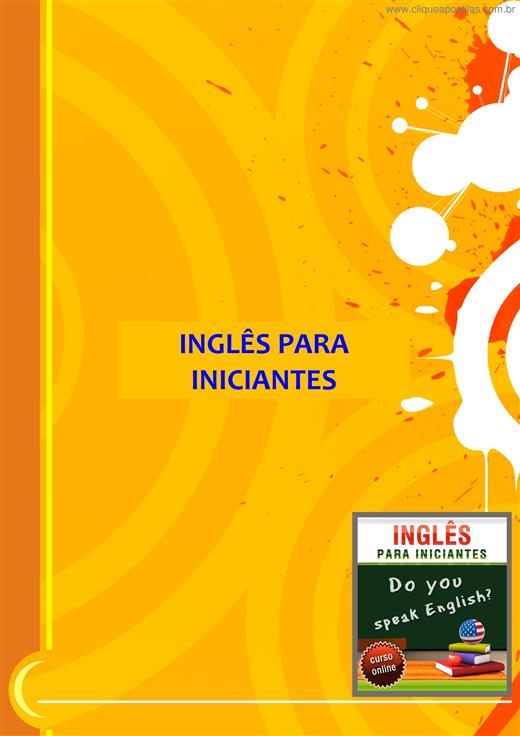

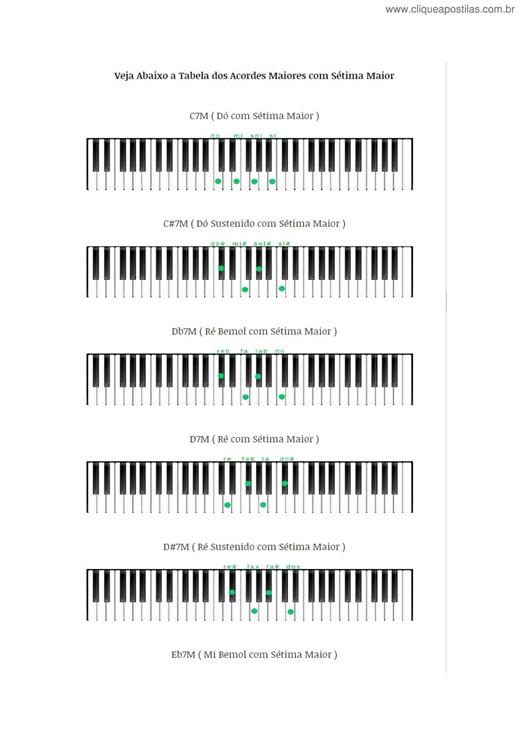

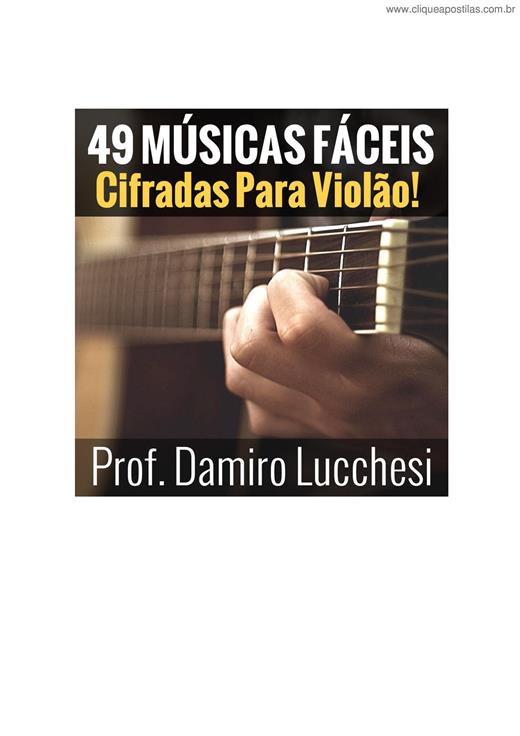

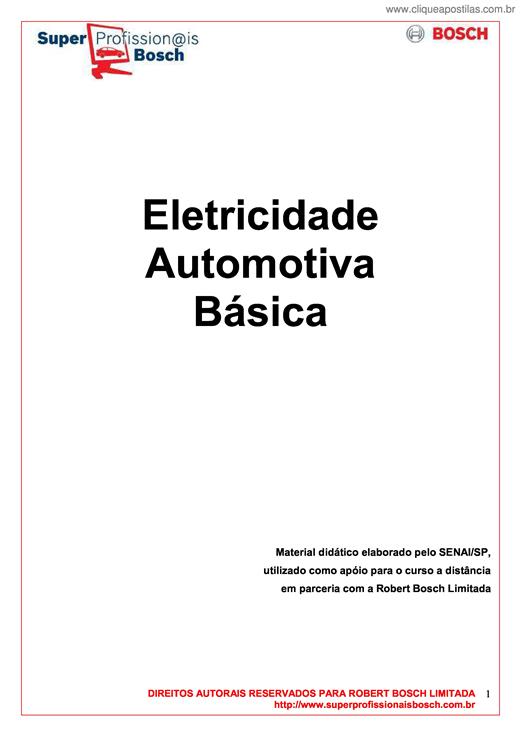
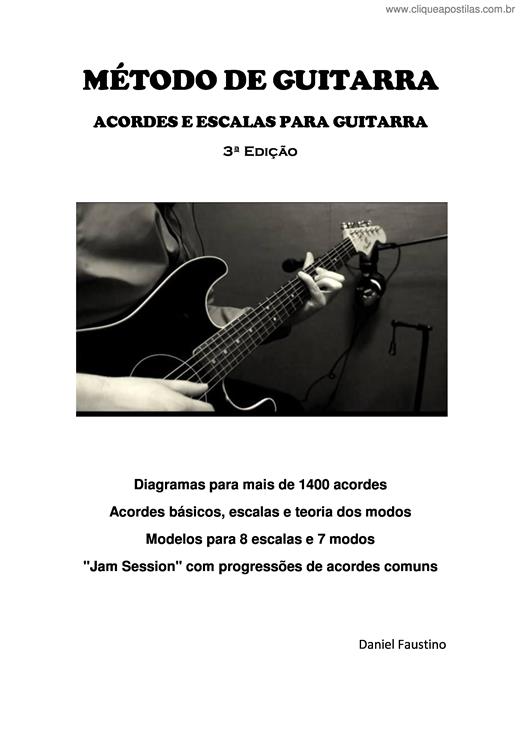



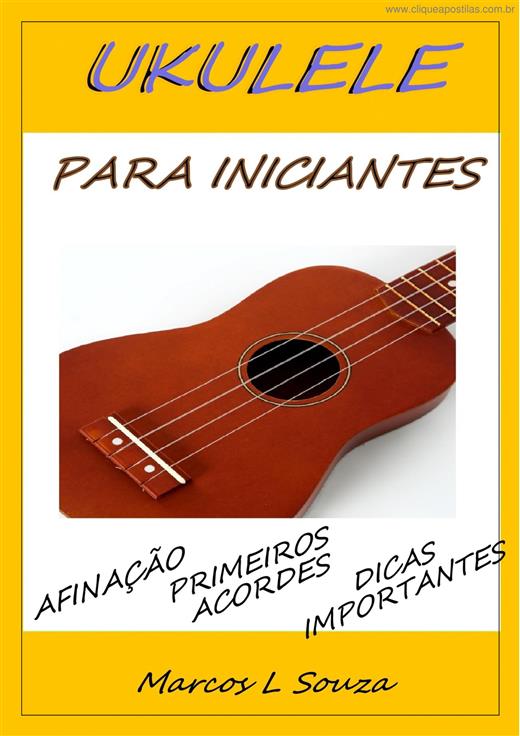
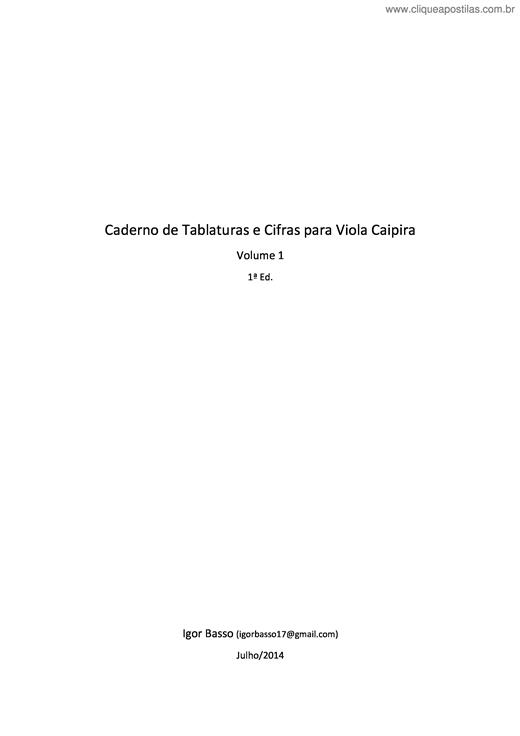

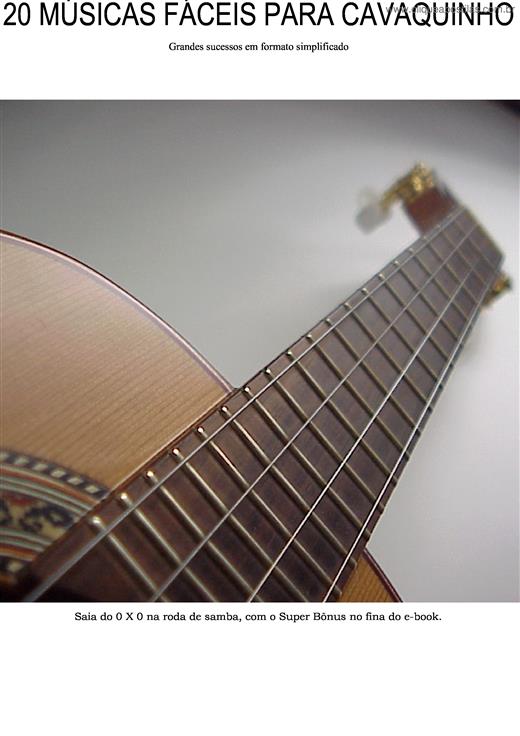
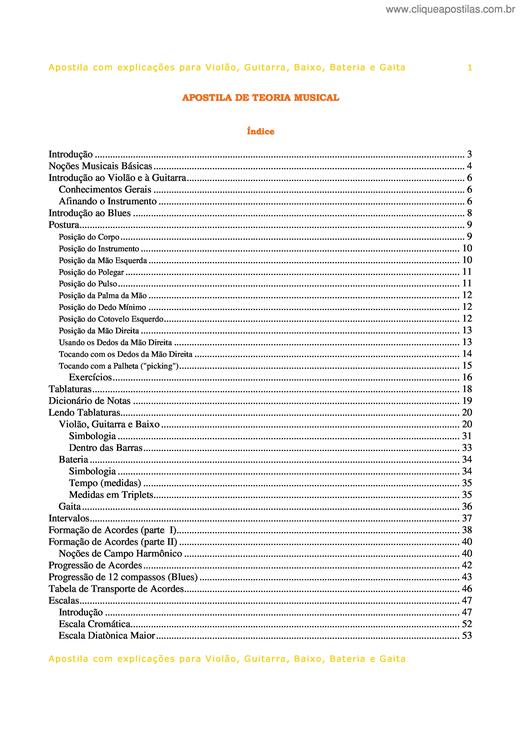


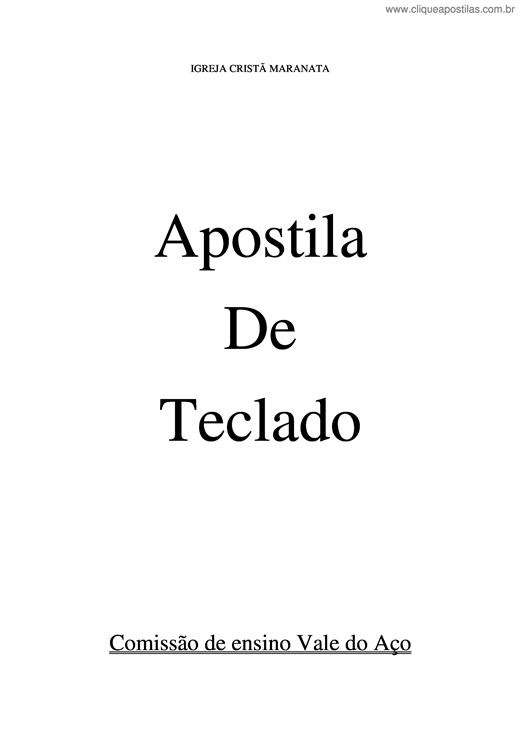
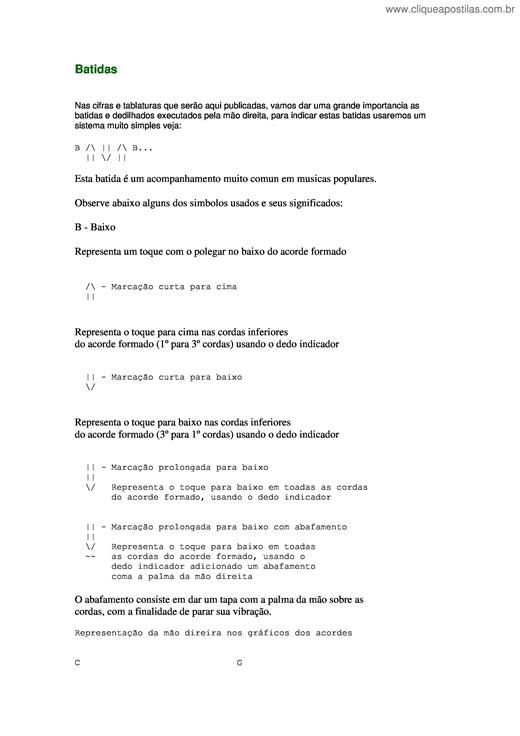

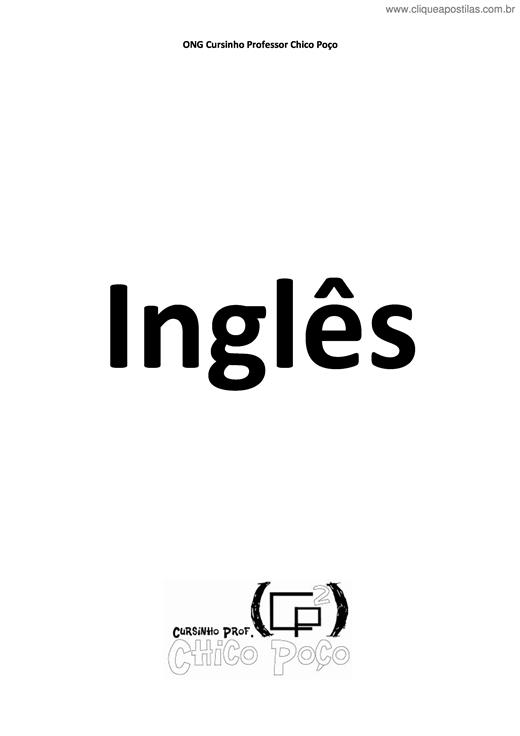

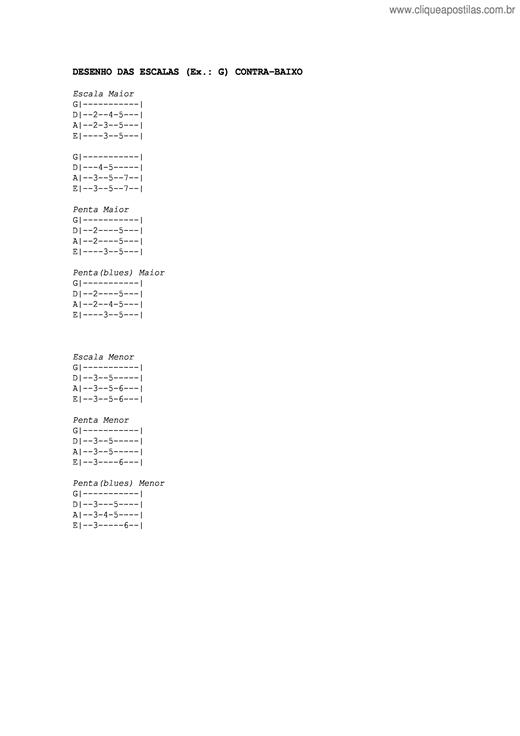
Copyright © 2025 CliqueApostilas | Todos os direitos reservados.